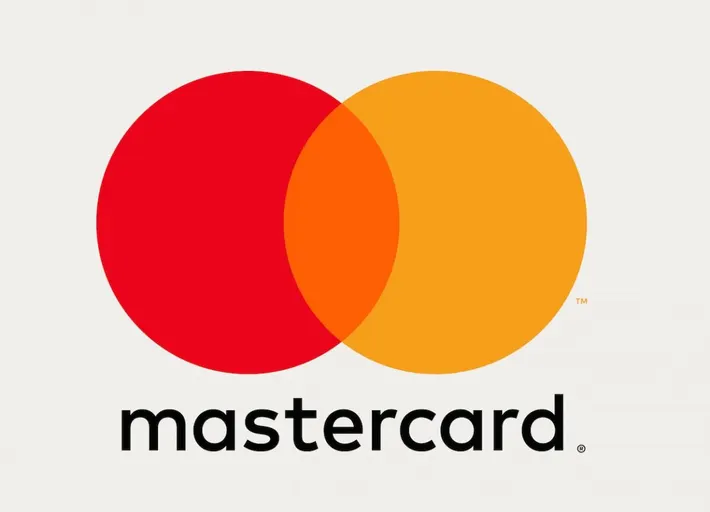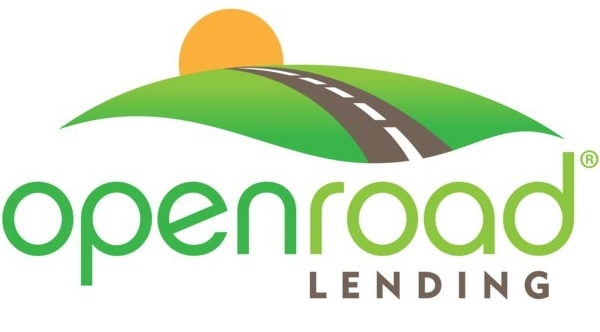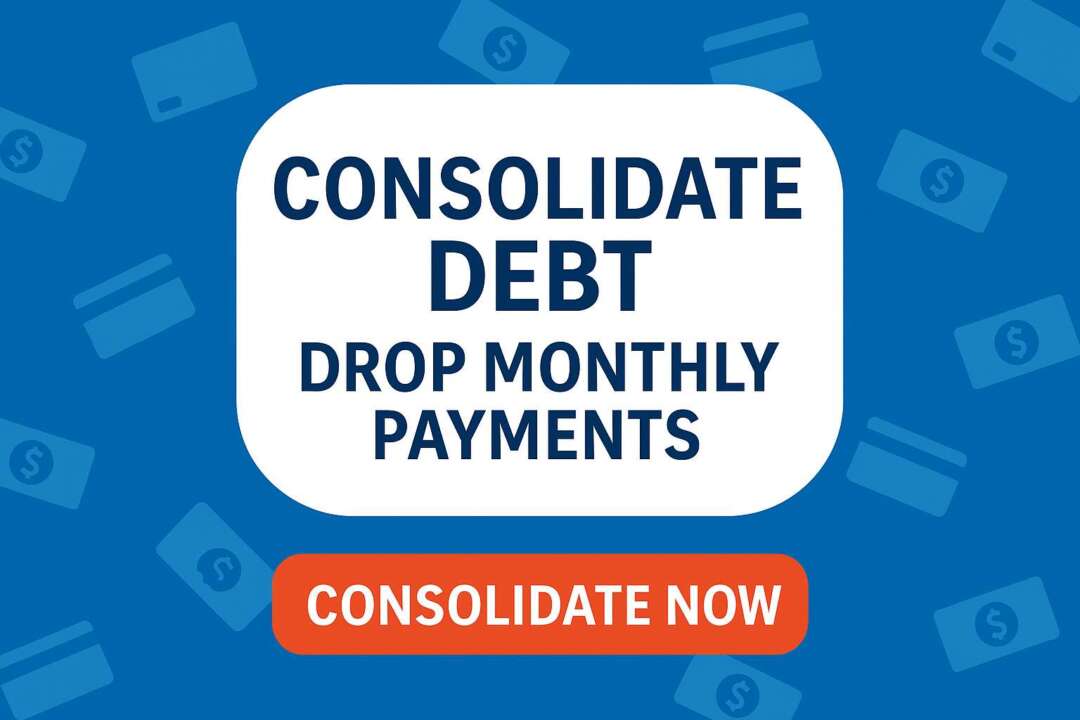How to get a personal loan and where to go to apply to up to 40 at once with a soft credit check: $1,000 to $100,000.
We are going to explain how to get a personal loan. We’ve spent years in the lending industry and we track dozens of lenders. We will walk you through what you need to do to maximize your chances of being approved.
Before you begin the process, be really clear about how much money you need and why you need it.
To you, money is money. But to a lender, the purpose of the money can sometimes make the difference in whether they approve you. For example, 20% of the lenders that we track have specific features to cater to people who want to consolidate their debt. If you are consolidating, you are more likely to be approved by these lenders than you would to be approved by lenders who don’t have these features. Also, some lenders have provisions for people who are borrowing money for specific purposes, like adopting, or buying a boat, or embarking on a home renovation project. You can increase your chances of being approved by aligning your need with lenders who cater to that particular need.
It also doesn’t hurt to be clear-eyed about your credit profile.
Lenders will not only look at credit score to determine whether to approve you. But, credit score acts as a pretty decent proxy for the strength of your credit history. So, find lenders who serve people with your credit profile to increase your chances of being approved.
You should also be honest with yourself about when you need the money.
If you are in the middle of a financial emergency, you will have less time to prepare to get the best deal that you can. But, if you can take a little extra time to shop around–or better yet, if you can give yourself a month or two to prepare, you could increase your chances of being approved or getting a better loan offer.
If you do have a little bit of time to prepare for getting a loan, one of the most powerful things you can do is to lower your utilization. Paying down credit card balances can directly improve your credit score. Lenders often look at your debt-to-income ratio as well. If you can lower it even a little bit, it could improve your chances of being approved. Finally, make sure that you have no late payments in the last four or five months. Ideally, having no late payments in the last 24 months is best, but recency matters. So anything you can do to put more on-time payments between you and your last late payment, the better it will be.
Information you will need to apply for a personal loan
When you are ready to shop around for a loan, you should gather the information that you will need to apply. Why? Because you will want to apply to several lenders. And that’s easier to do if you have everything you need on hand. Gather the following information and documents:
- Government-issued ID like a driver’s license or passport
- Proof of income. Most commonly, they will ask for a pay stub. For much larger loans, they might ask for tax returns. If you are self-employed, they may want to see bank statements.
- Employment information
- Proof of address, like a utility bills or lease agreement.
- Details of existing debts and liabilities. This is especially important if you are looking for a large loan or you want to consolidate your debt.
- Bank account information. Lenders do well over 95% of their transactions through digital means. So, they will want to connect directly to your bank account information.
- Bank sign-in credentials. More and more lenders are asking for read access to your bank account so they can monitor average bank balances, verify income, and assess your financial stability.
Time to Shop Around for a personal loan
Okay, now that you’ve got all that in hand, it’s time to shop around. Shopping for the right lender for you is more than just looking over websites. You will ultimately want to apply to several different lenders. This will give you the best chance of being approved. Lenders do not publish their approval criteria. They consider their models to be part of their secret sauce as a company. Every lender has their own algorithm for how much to offer and at what rate. You might be denied by one lender only to be approved by another.
All major lenders today use soft credit checks to pre-qualify you. This should give you an idea of whether you would be approved without subjecting your credit report to a hard credit pull. When you accept the loan, they will do an official hard credit pull. So, shopping around won’t hurt your credit score.
If you think you might struggle to get approved for the loan that you need given your particular credit and income profile, you can strengthen your application by adding a cosigner to the application. A cosigner is someone who agrees to pay off the loan if you fail to. Your application will benefit if your cosigner has a stronger credit profile than you do. Of the lenders that we track, only 25% of them will accept cosigners. So, if you know you will need to add a spouse, family member, or friend, make sure the lender will accept them.
You might have received a letter in the mail telling you that you are prequalified. The lender coordinated with the credit bureaus to identify credit profiles that would match their approval criteria. This is not a guarantee that you will be accepted, but the chances improve significantly. In this case, the lender is picking you rather than you picking the lender.
At The Yukon Project, we’ve tried to make shopping around easy. If you visit our marketplace page, you can filter for the type of loan, amount you need, and your credit score. You can apply to any one of the featured lenders and we will check your rate with up to 40 other lenders behind the scenes. Our partners use a soft credit check, so applying won’t hurt your credit score. We will show you all of your approved offers, so you can see what might work for you.
When you receive your loan offers, you want to review the following things:
- APR
- Total interest expense
- Term length
- Monthly payment
- Fees
The APR, or the annual percentage rate, is the annualized cost of the loan. This allows you to compare the costs of different offers. But, even if one loan has a lower APR, you might end up paying more in total interest expense if they are offering you a loan with a longer term length. A longer term length will make the loan look more affordable, especially when you are looking at the monthly payment. Obviously, you need to make sure you can afford the monthly payment. So, you need to balance, the monthly payment with the term length with the APR and total interest expense.
Finally, you should look for the types of fees that you will be charged. I don’t know of any loan company that charge prepayment penalties, but most companies will charge late fees and several charge NSF fees as well. You need to be aware of how the cost of borrowing could blow up on you.
Make a payback plan for your personal loan
The last thing you should do before you accept a loan, is to make a plan for how you are going to pay it off. If you make extra payments in the first 6-8 months of the loan, you will save a lot of money in interest over the long run. Make extra payments early and often and you will be able to get out of debt much faster.
If you found this information helpful, please like this video and subscribe to our channel. Your support helps us out and we appreciate it.
























